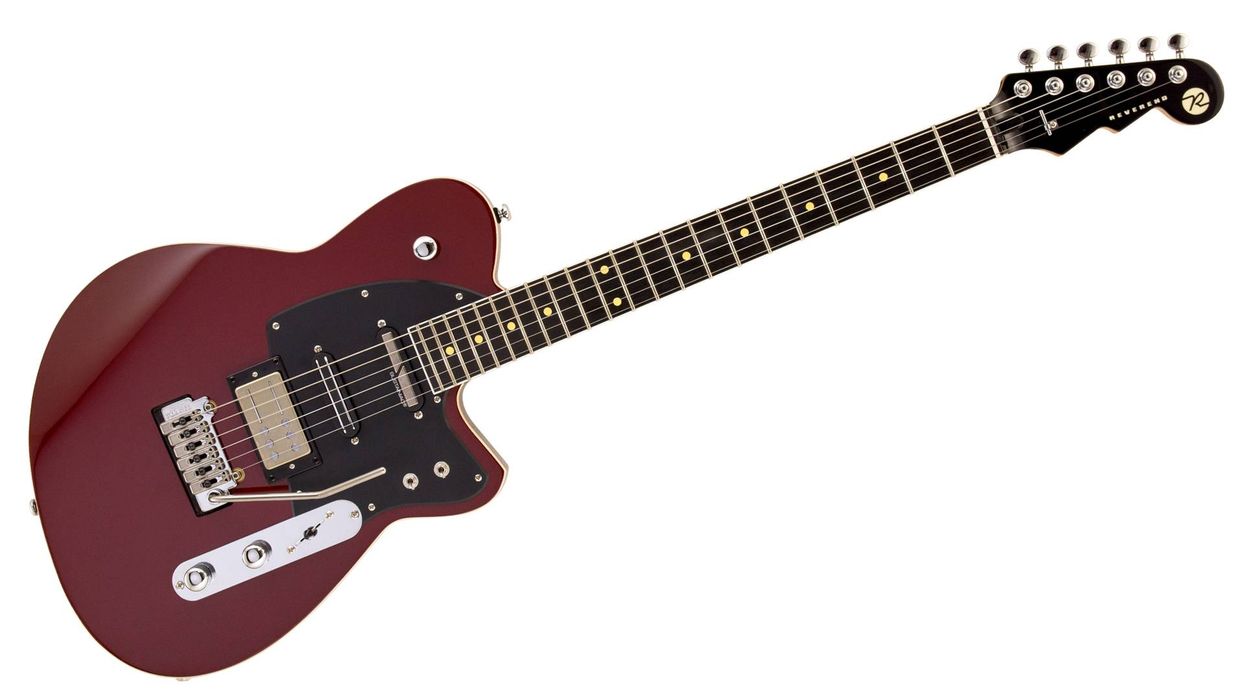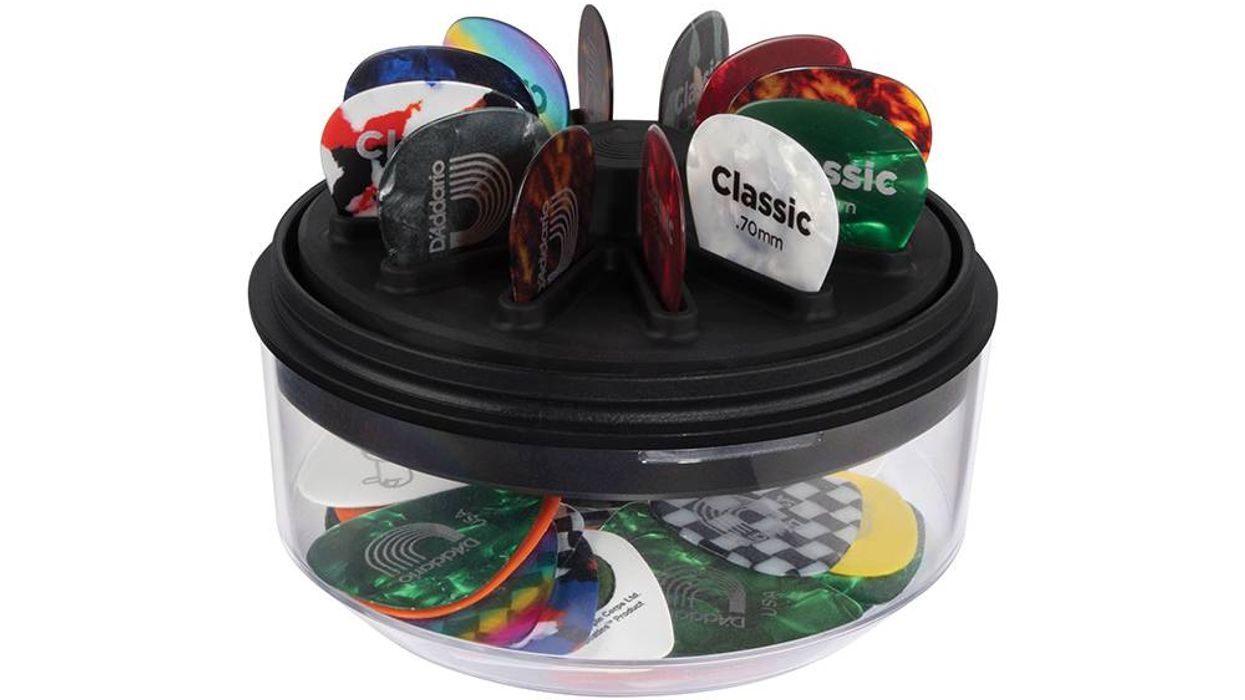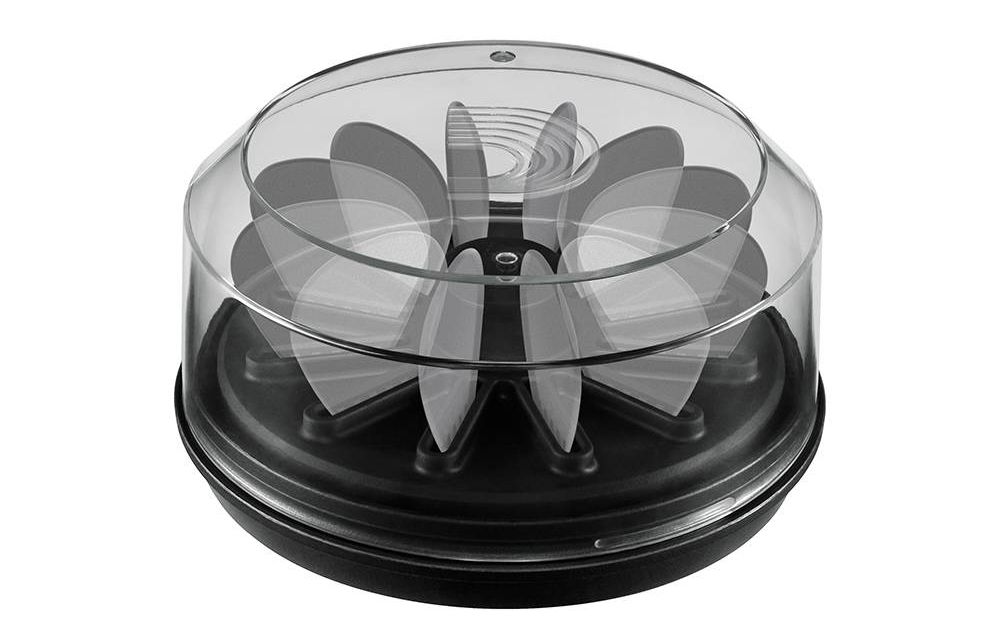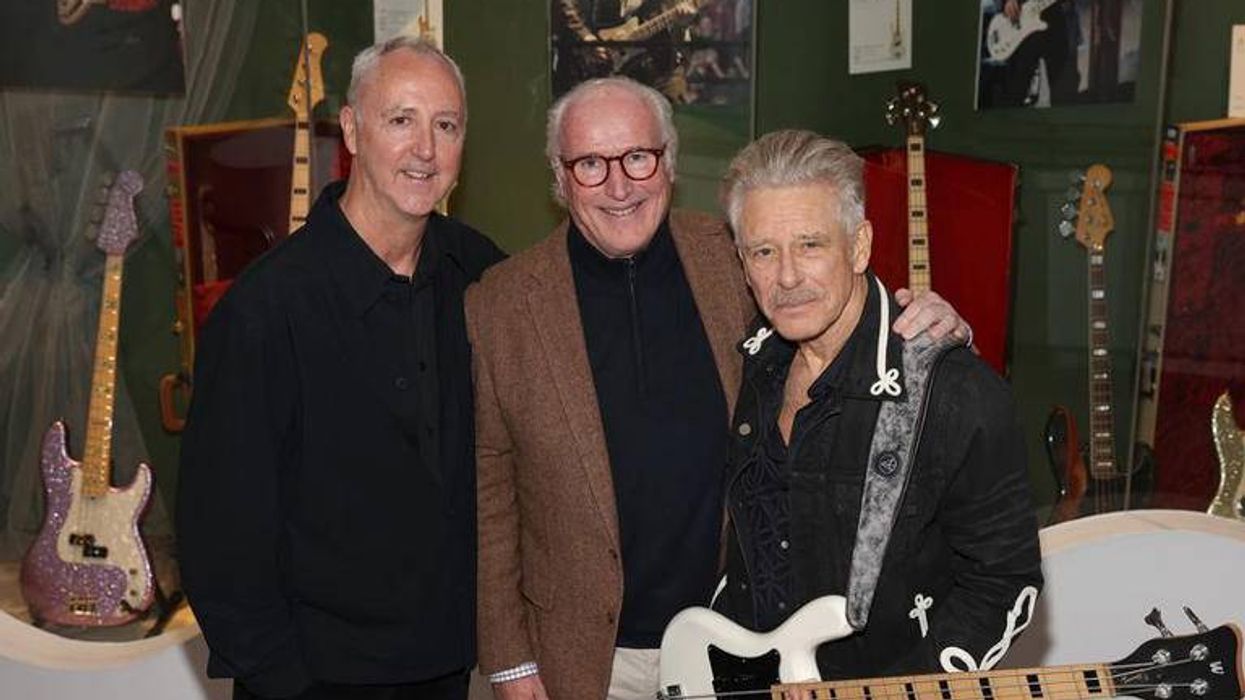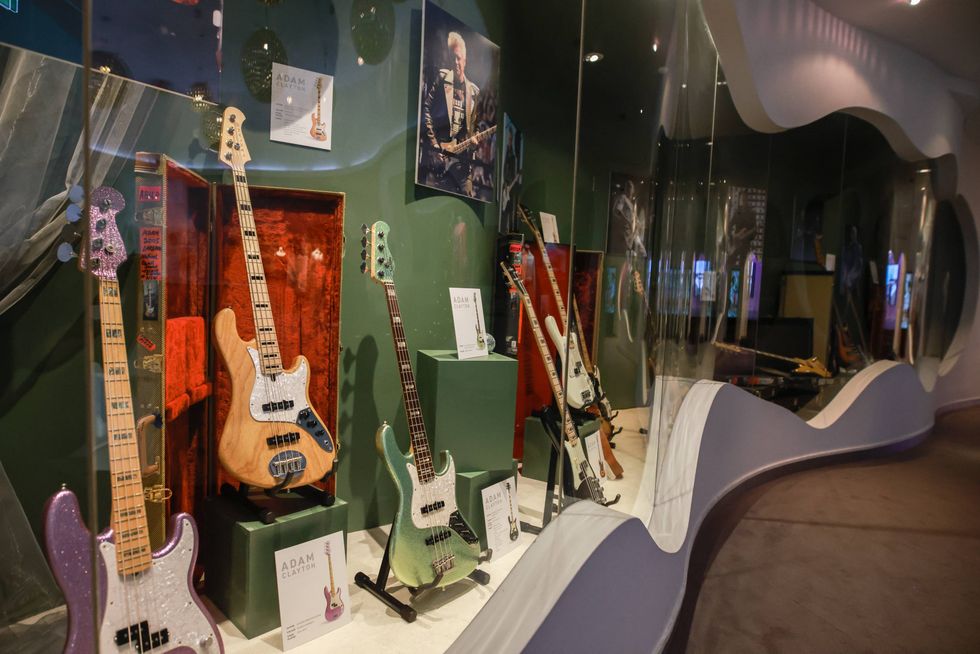Featuring upgraded specs and vintage colors, with rosewood fretboards, modern necks, and chambered body options.
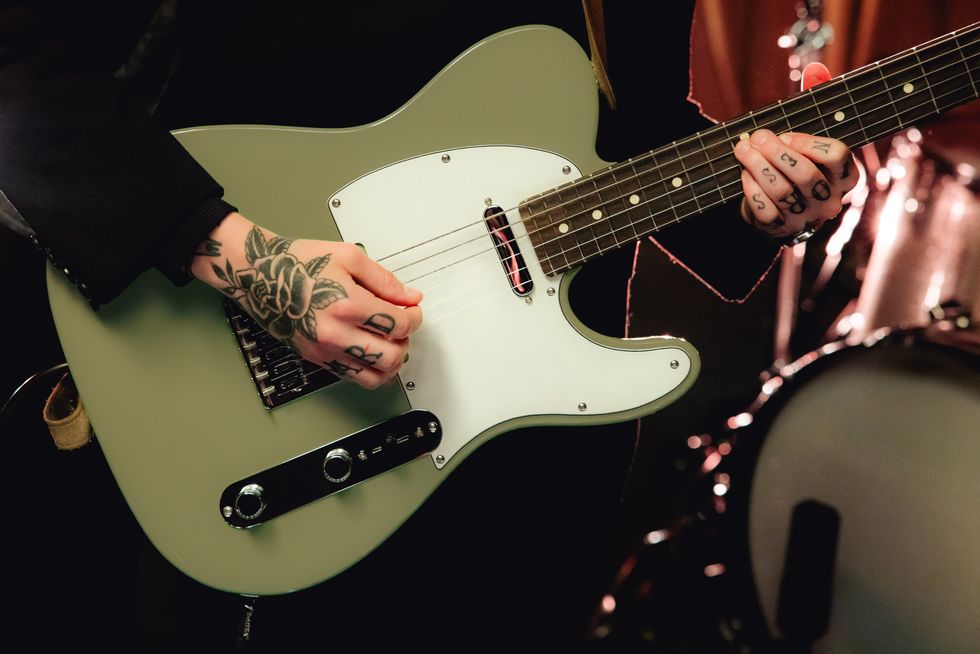
Julien Baker with Fender Player II Series
Since its inception in 2018, the Player Series has shown nearly 30% consecutive year-over-year growth globally and holds rank as Fender's best-selling range of electric guitars of all time due to its accessible features that both capture the imagination of new players and satisfy the demands of more experienced guitarists alike. Available now, the Player II Series takes the best of its predecessor's features and improves them with upgraded specs like rosewood fingerboards, modern “C” necks with rolled edges, and new vintage colors from the vaults exemplifying the innovation, culture, community, and lifestyle synonymous with Fender Electrics.
All Day and All of the Night: The All New Player II Series | Fender
The 2024 campaign for the Player II Series, “The All New Player II” marks one of Fender's most significant debuts yet. It begins with a film blending four distinctive renditions of The Kinks' timeless hit, "All Day & All of the Night," set in unique environments. For the film, All Day and All of the Night: The All New Player II Series | Fender, Fender has partnered with acclaimed artists Julien Baker, singer-songwriter from Memphis, and 1/3 of boygenius, DIIV, influential indie rock band, content creator, and touring bassist (Fever 333) April Kae and alternative rock trio Wallows.
“The Player II Series represents our continued evolution in design and functionality,” said Justin Norvell, EVP of Product, FMIC. “We listened to the feedback from musicians around the world and incorporated their insights to refine and innovate our instruments. The re-introduction of rosewood fingerboards is a restoration of the ‘original Fender recipe’ and will no doubt be a fan favorite - but we didn’t want to stop there. We’ve also incorporated our rolled fingerboard edges for a broken-in feel, upgraded hardware, and have some new body options as well- which underscores our commitment to providing players and creators with the tools they need to express their unique sound and style. The Player II Series is not just an upgrade, it's a detailed re-imagining of our core silhouettes, highlighting our dedication to quality and the continuous refinement of our instruments.”
Models
Additionally, Player II offers new options for chambered ash and chambered mahogany bodies for the Player II Stratocaster and Telecaster models, which will be available in October. Designed for musicians ready to elevate their craft, the Player II Series sets a new standard for quality and performance in the mid-price range. Series includes:
- Player II Stratocaster
- Player II HSS Stratocaster
- Player II Telecaster
- Player II Jazzmaster
- Player II Jaguar
- Player II Mustang
- Player II LH Stratocaster
- Player II HH Telecaster
- Player II LH Telecaster
- Player II Precision Bass
- Player II Jazz Bass
- Player II Mustang Bass
“Music is about a multisensory experience and the P-Bass provides that. It feels great to wear, it sounds great and it looks incredible. It’s classic but always feels current. It always feels relevant and that’s not something that can be said about any product let alone a guitar.” April Kae.
“This guitar feels like a magic guitar that fell into my hands and it’s perfect. I feel like I’m constantly chasing that one guitar and this is just perfect.” Zachary Cole Smith, DIIV
“The Player II Series Stratocaster feels like a great guitar and I was impressed by how it played very easy and simple. The tones are great. I think people are going to enjoy it.” Braeden Lemasters, Wallows
For more information, please visit fender.com.
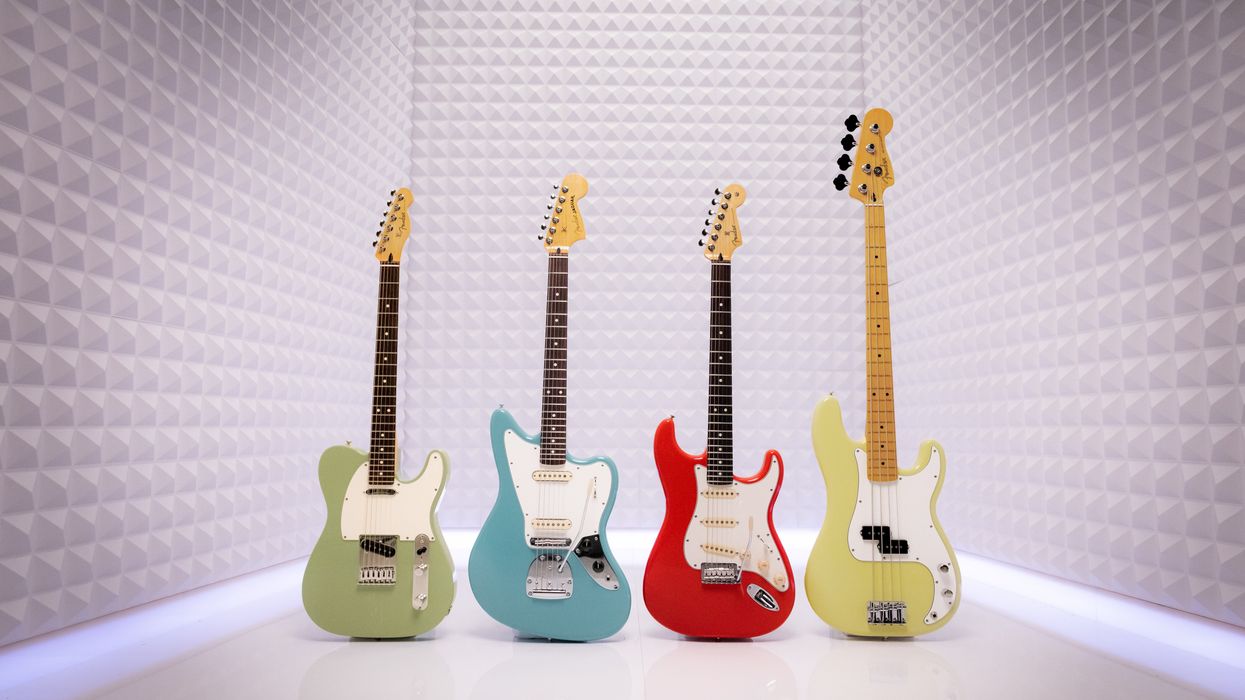
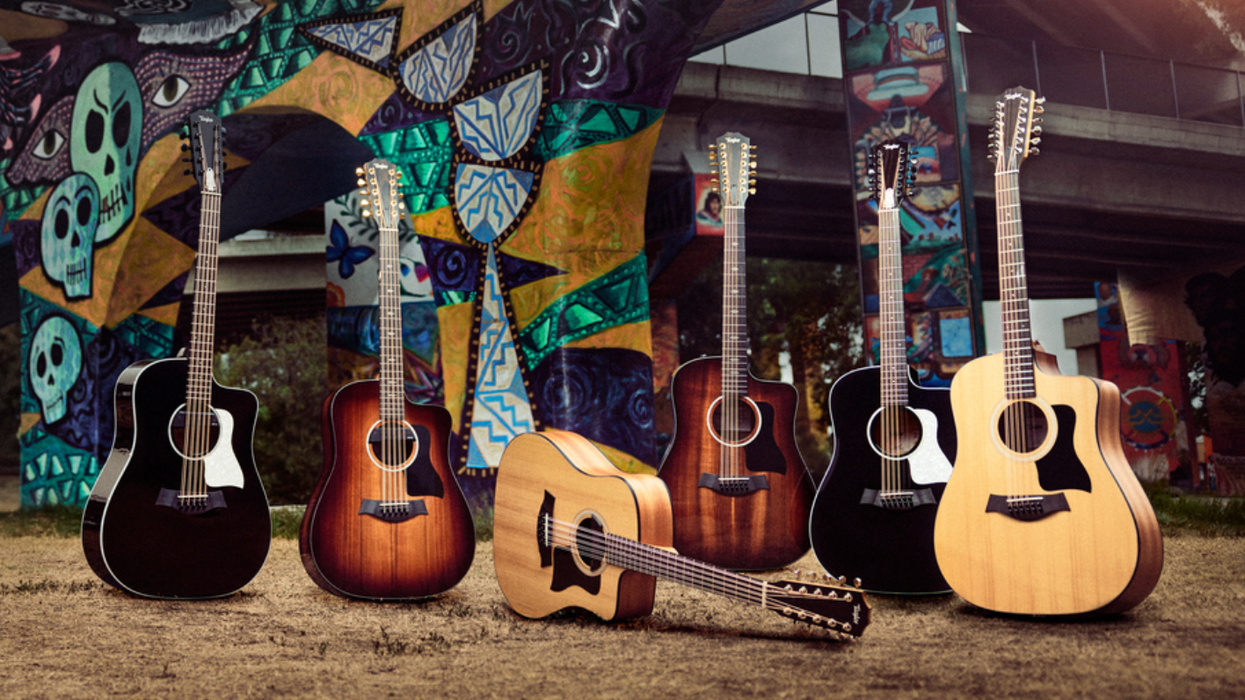
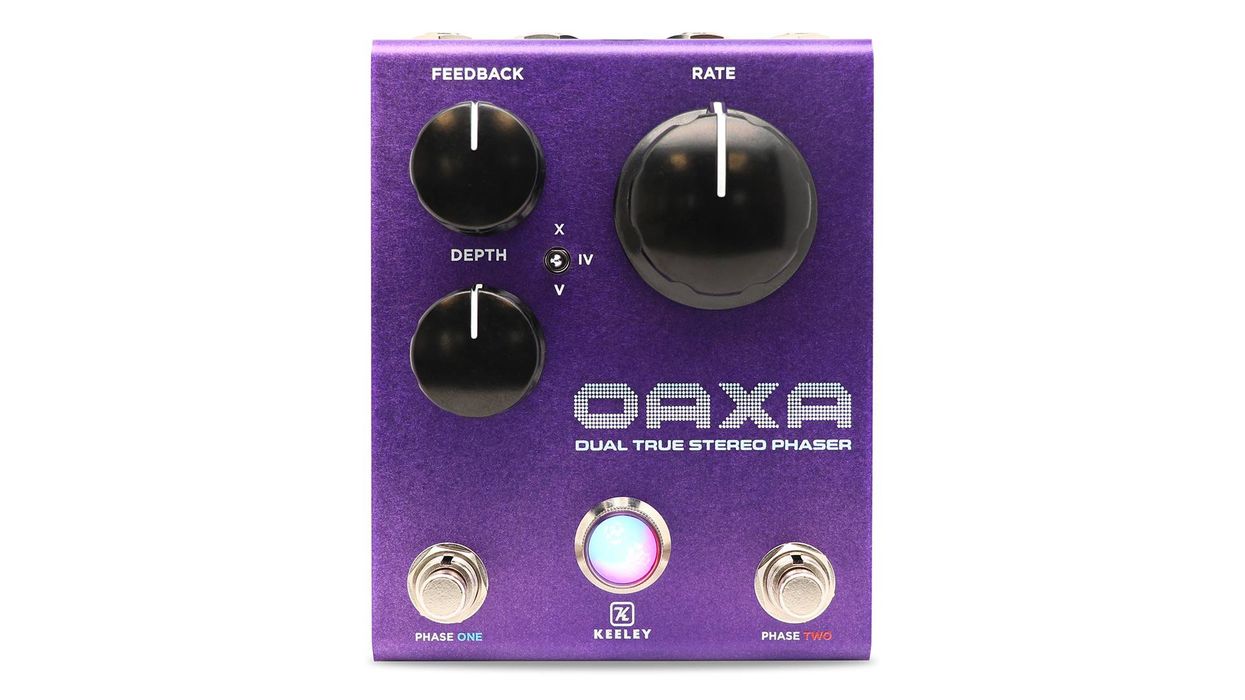
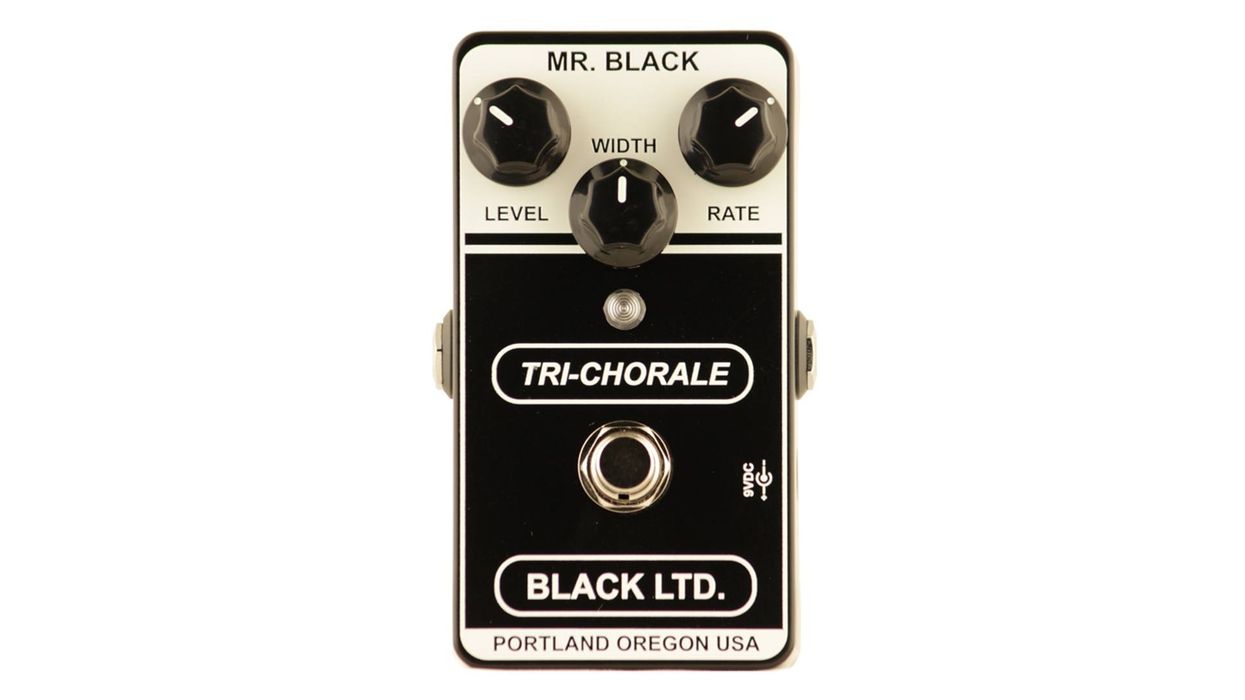
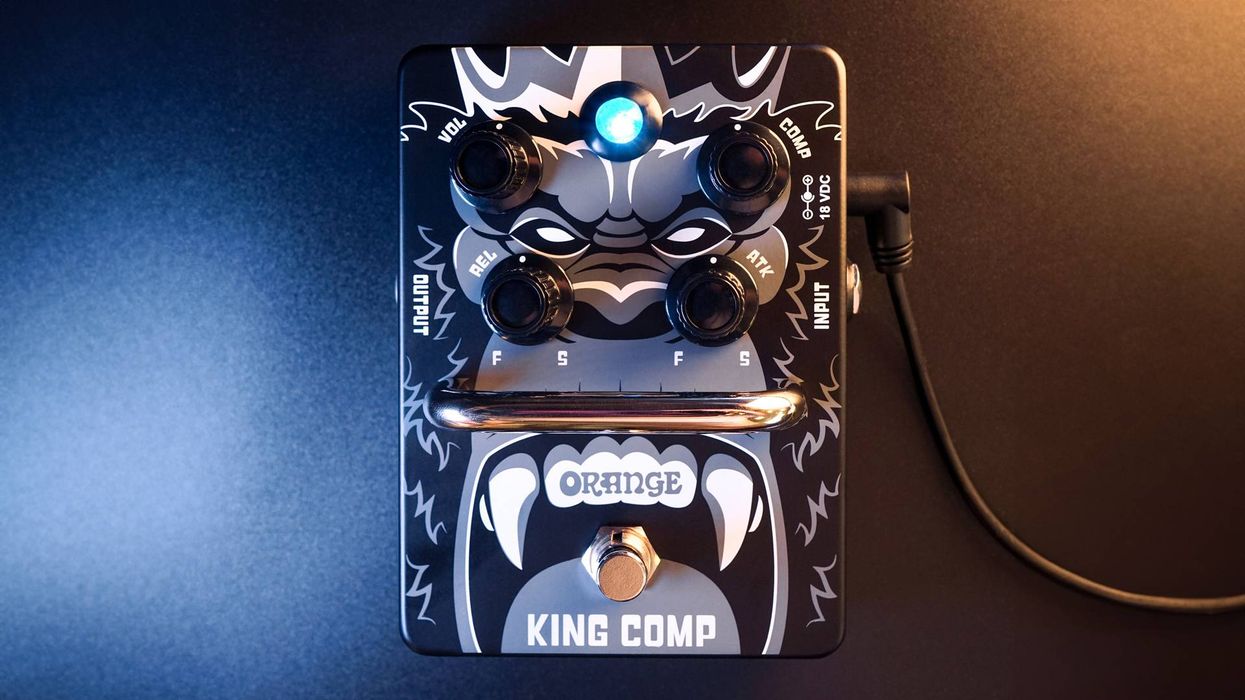
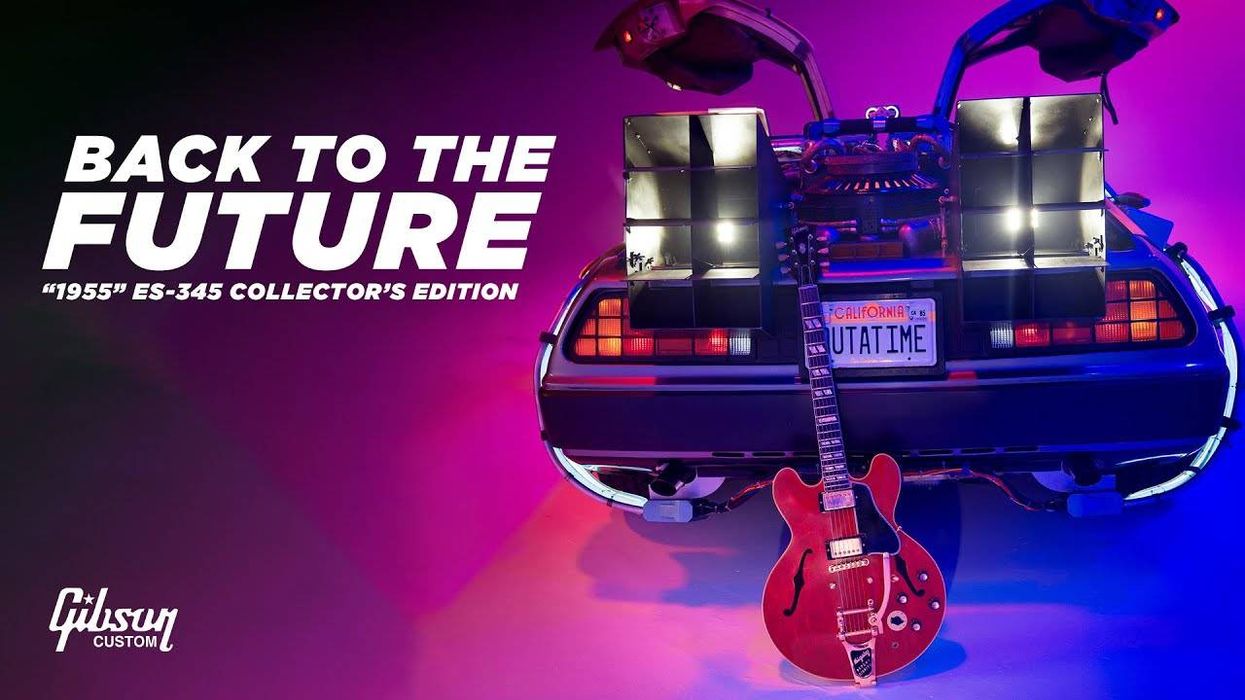
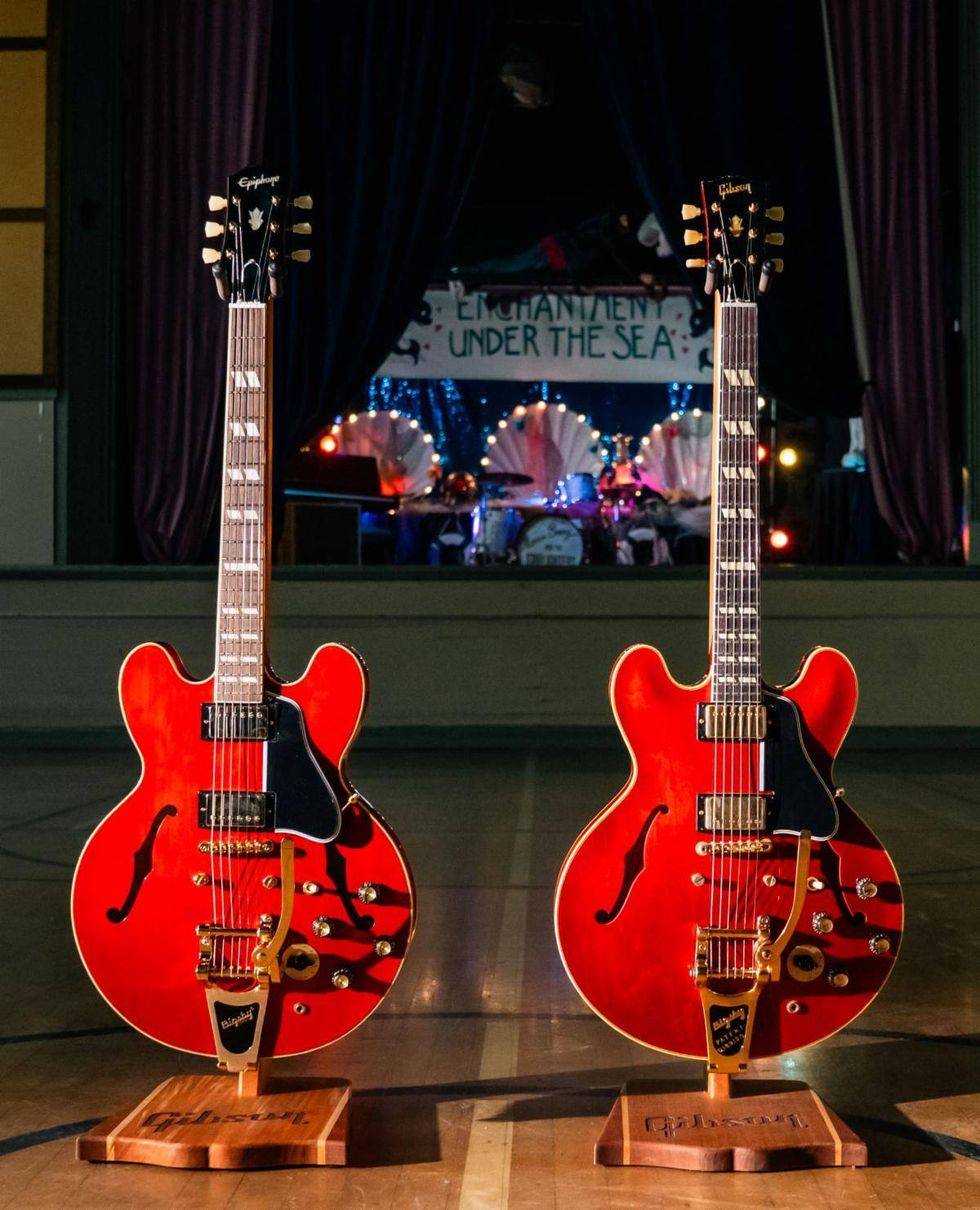
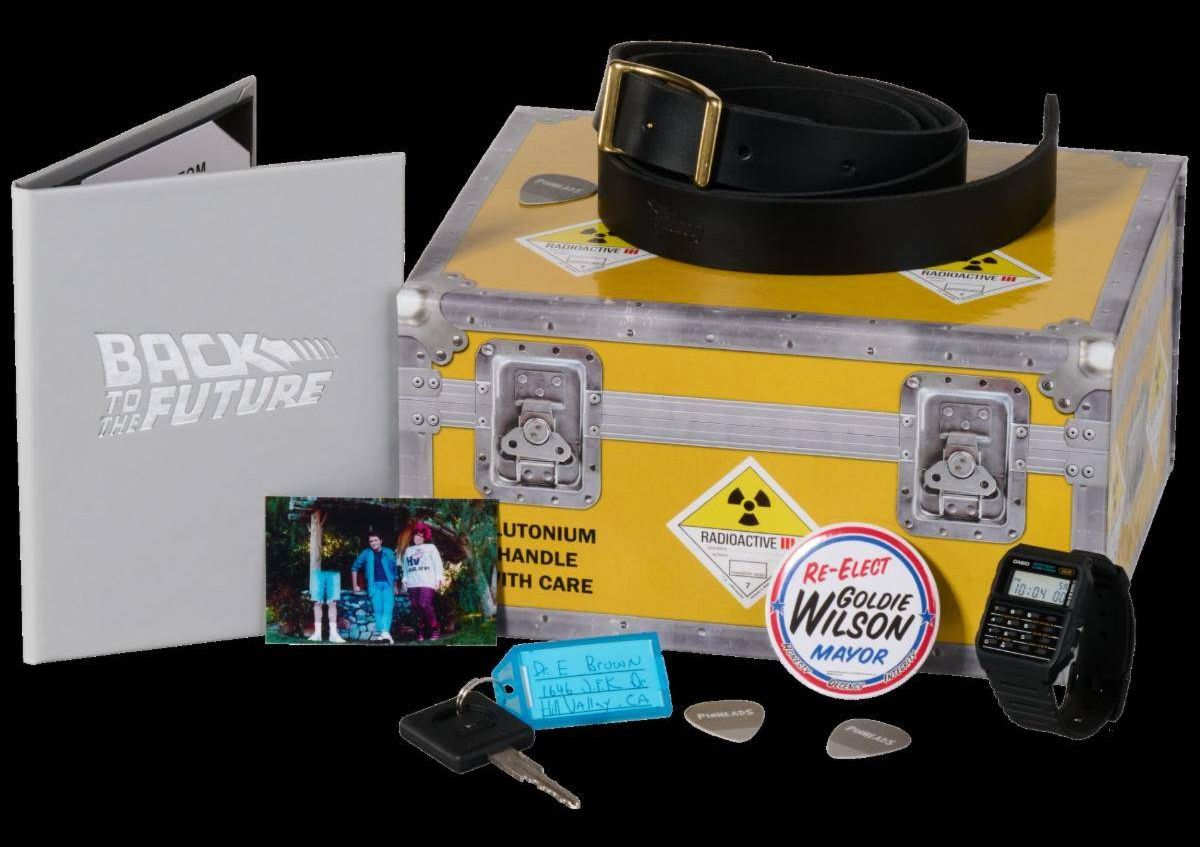

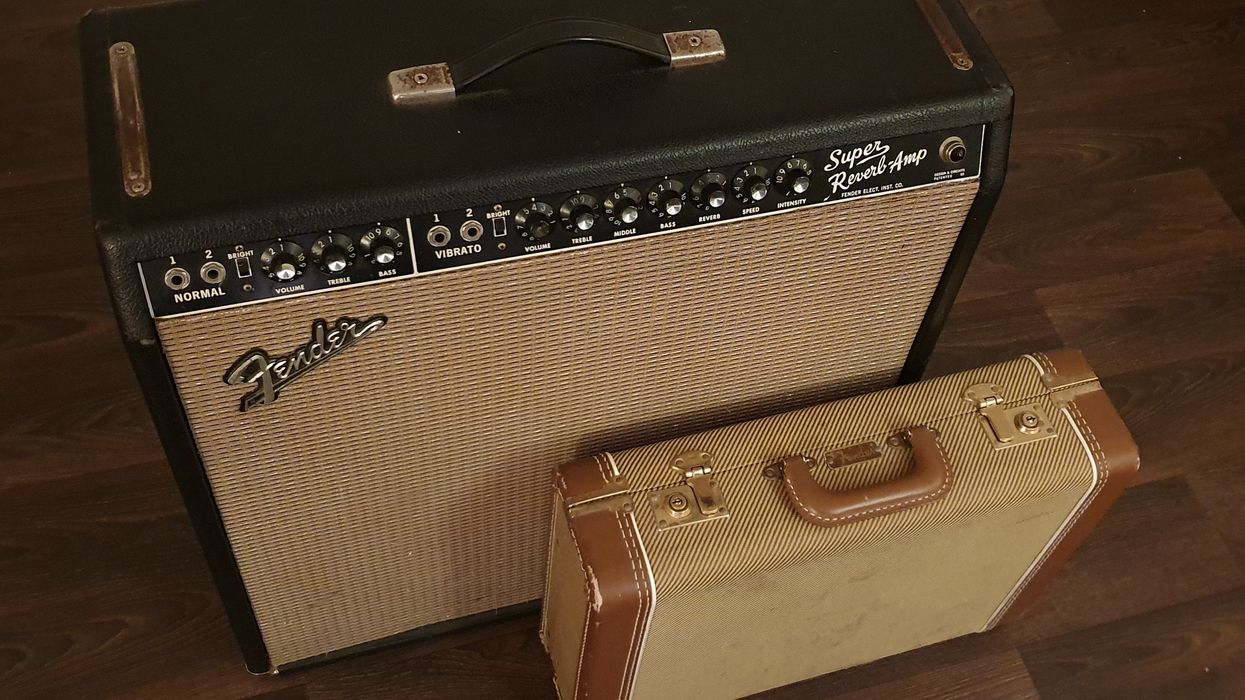
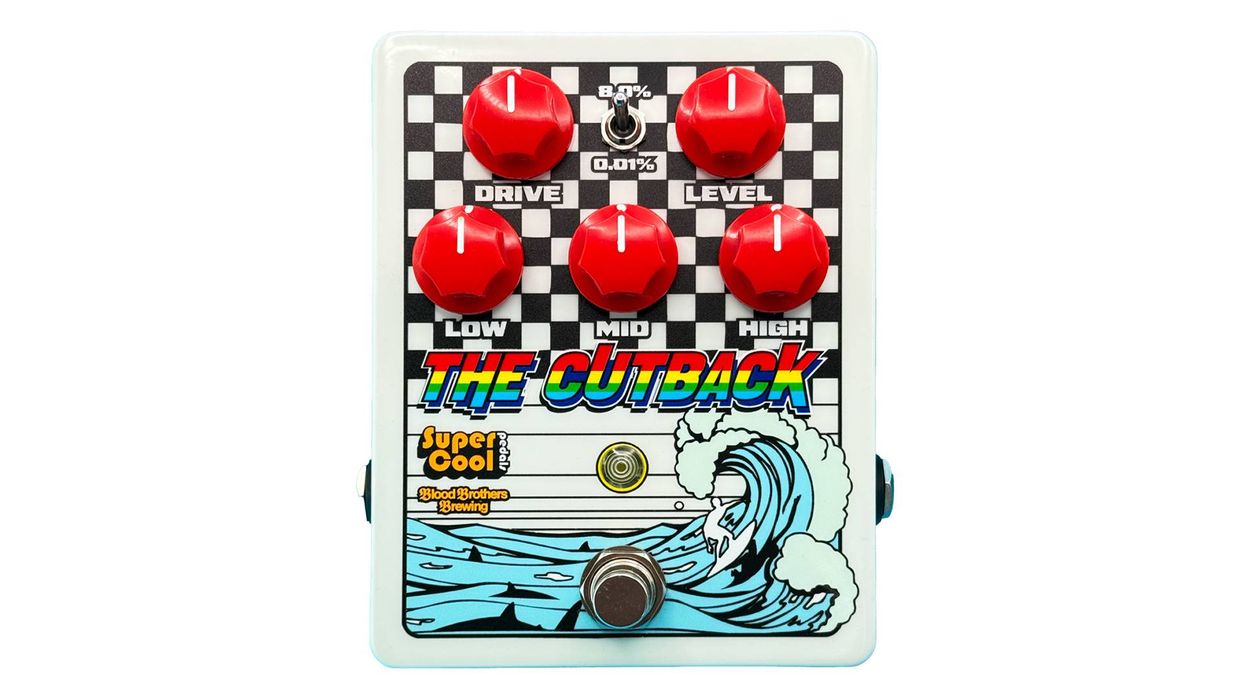
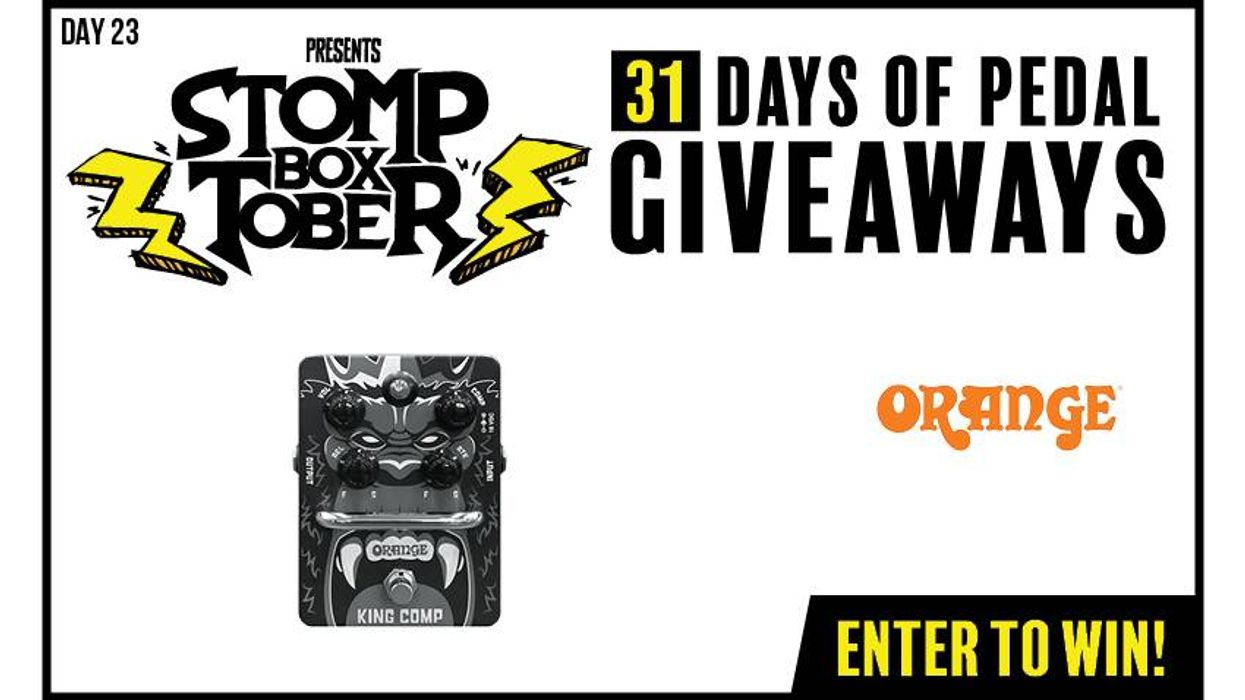
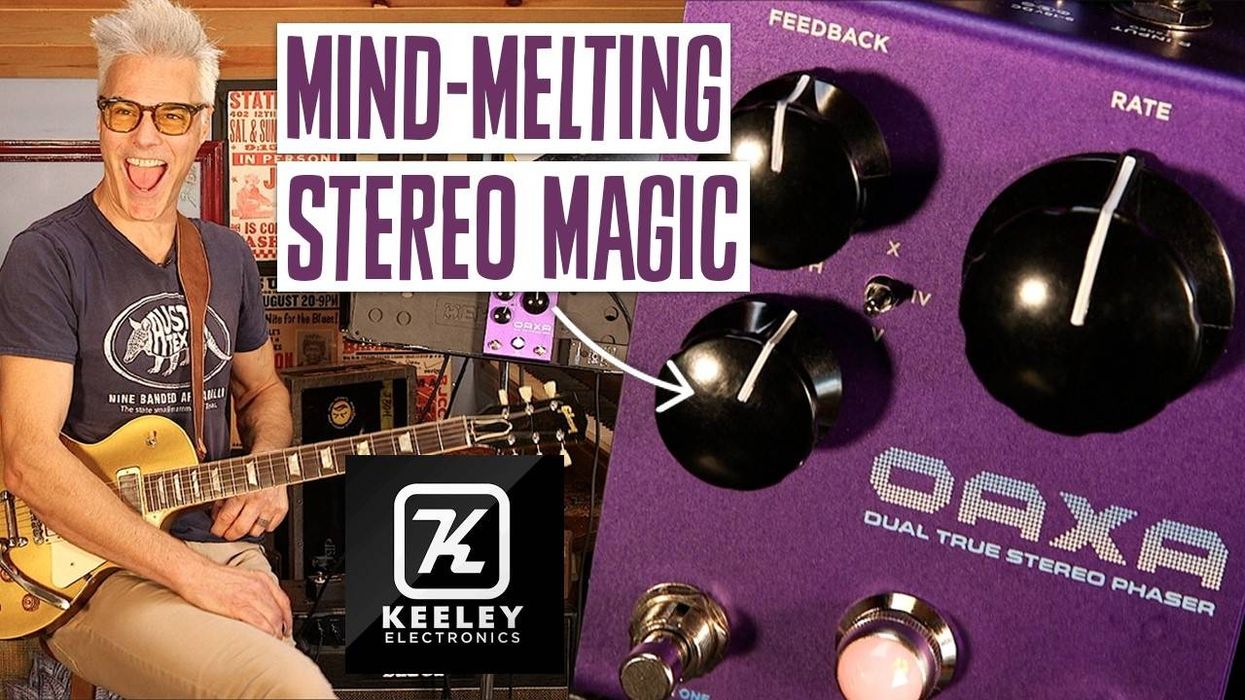
![Devon Eisenbarger [Katy Perry] Rig Rundown](https://www.premierguitar.com/media-library/youtube.jpg?id=61774583&width=1245&height=700&quality=70&coordinates=0%2C0%2C0%2C0)

